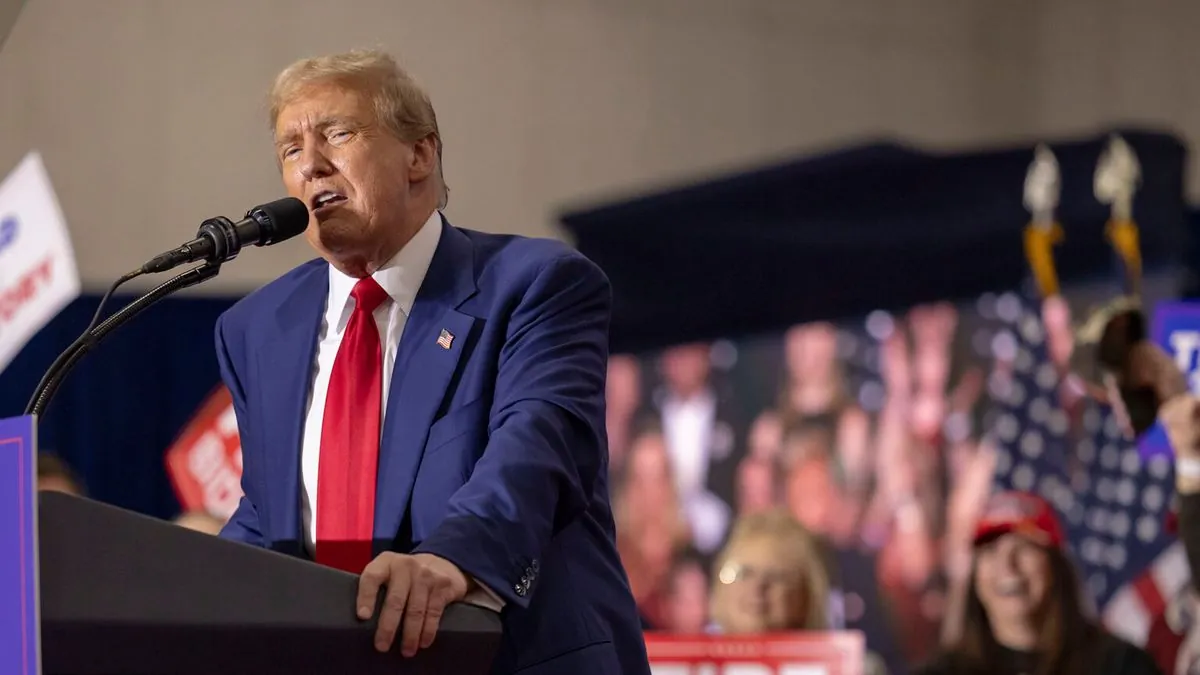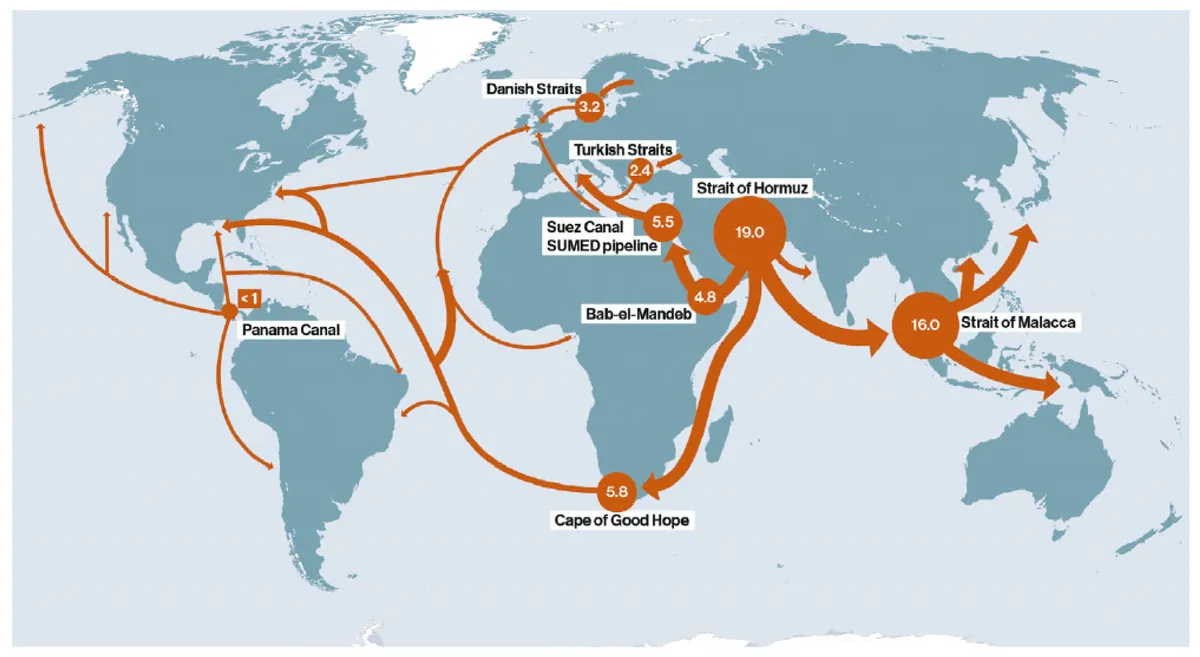Trump's Potential Foreign Policy Shift: Adapting to a Changed Global Landscape
A potential second Trump presidency could see unexpected foreign policy shifts due to global changes. From border security to China containment, Trump may adapt his approach to new geopolitical realities.

As speculation mounts about a potential second term for Donald Trump, the global landscape has undergone significant changes since his first presidency. These shifts could lead to unexpected foreign policy outcomes, should he return to the White House.
Border security would likely be a top priority for a second Trump administration. Since 2020, the U.S. has seen a dramatic increase in border encounters, rising from 646,822 in Trump's last full year to 3.2 million in 2023. This surge would likely prompt aggressive measures to secure the southern border, potentially including troop redeployment and increased technology use.
A significant military buildup could be on the horizon, given the current global conflicts and the smallest U.S. military in generations. The Republican platform calls for increased defense spending, potentially reaching 5% of GDP within five to seven years. This could result in the first-ever trillion-dollar defense budget, aimed at maintaining U.S. military superiority.

The United States' position as an energy superpower, having become a net exporter in 2019, could provide Trump with leverage in international relations. This newfound energy dominance could be used to pressure Russia, influence European geopolitics, and gain an advantage in negotiations with China, the world's largest energy importer.
Economically, the U.S. is in a stronger position relative to its peers than in previous years. The American economy is projected to account for 26% of global GDP in 2024, its highest share in almost two decades. This economic strength could give Trump more leverage in trade negotiations, potentially leading to new deals with Japan, Britain, and the EU.
China policy could see a significant shift towards broader containment. With U.S.-China trade decreasing and American public opinion of China at a low point, Trump might pursue more aggressive measures, including revoking China's most-favored nation trading status and imposing wide-ranging tariffs.
"We have to decouple from China. We have to manufacture our critical goods in the United States, and we have to stop relying on potential adversaries for crucial products."
Interestingly, Trump's approach to NATO might be less antagonistic than in his first term. European defense spending has increased significantly, with 23 NATO members now meeting the 2% GDP target, up from just five in 2016. This burden-sharing progress could lead to a more cooperative stance towards European allies.
The ongoing conflict in Ukraine presents a complex challenge. While Trump has promised to negotiate an end to the war quickly, he has also threatened to increase arms support to Ukraine if Russia doesn't comply. The situation remains fluid, and Trump's ultimate approach remains uncertain.
In the Middle East, a second Trump administration would likely take a tougher stance on Iran and provide strong support for Israel. With Iran now capable of producing weapons-grade uranium in less than 10 days, Trump might consider preemptive military action against Iranian nuclear facilities.
As global circumstances continue to evolve, a potential second Trump presidency could surprise observers with unexpected policy shifts. The complex interplay of economic, military, and geopolitical factors may necessitate a more nuanced approach to foreign policy than seen in his first term.



































